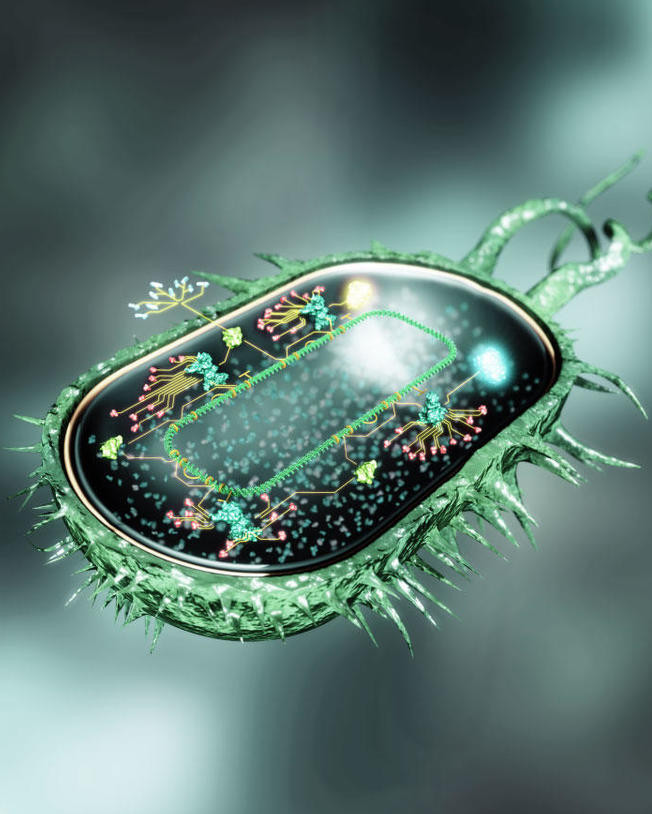OntoAvida: ontology for Avida digital evolution platform
OntoAvida develops an integrated vocabulary for the description of the most widely-used computational approach for studying evolution using digital organisms (i.e., self-replicating computer programs that evolve within a user-defined computational environment).
 The Ontology for Avida (OntoAvida) aims to develop an integrated vocabulary for the description of Avida, the most widely used computational approach for performing experimental evolution using digital organisms–self-replicating computer programs that evolve within a user-defined computational environment. The lack of a clearly defined vocabulary makes some biologists feel reluctant to embrace the field of digital evolution. This integrated framework empowers biologists by equipping them with the necessary tools to explore and analyze the field of digital evolution more effectively. By leveraging the vocabulary of Avida, researchers can gain deeper insights into the evolutionary processes and dynamics of digital organisms. In addition, OntoAvida allows researchers to make inference based on certain rules and constraints, facilitate the reproducibility of in silico evolution experiments and trace the provenance of the data stored in avidaDB–an RDF database containing the genomes, transcriptomes, and phenotypes of more than a million digital organisms.
The Ontology for Avida (OntoAvida) aims to develop an integrated vocabulary for the description of Avida, the most widely used computational approach for performing experimental evolution using digital organisms–self-replicating computer programs that evolve within a user-defined computational environment. The lack of a clearly defined vocabulary makes some biologists feel reluctant to embrace the field of digital evolution. This integrated framework empowers biologists by equipping them with the necessary tools to explore and analyze the field of digital evolution more effectively. By leveraging the vocabulary of Avida, researchers can gain deeper insights into the evolutionary processes and dynamics of digital organisms. In addition, OntoAvida allows researchers to make inference based on certain rules and constraints, facilitate the reproducibility of in silico evolution experiments and trace the provenance of the data stored in avidaDB–an RDF database containing the genomes, transcriptomes, and phenotypes of more than a million digital organisms.
| ontoavida.owl | OWL | The main ontology in OWL [page] |
| ontoavida.obo | OBO | Equivalent to ontoavida.owl, in obo format [page] |
- User
- https://cran.r-project.org/package=avidaR
- Description
- An R package—avidaR—uses OntoAvida to perform complex queries on an RDF database—avidaDB—containing the genomes, transcriptomes, and phenotypes of more than a million digital organisms
- Examples
- avidaR: an R library to perform complex queries on an ontology-based database of digital organisms
- ID Space
- ontoavida
- PURL
- http://purl.obolibrary.org/obo/ontoavida.owl
- License
- CC BY 4.0
- Homepage
- https://gitlab.com/fortunalab/ontoavida
- Contact
- Miguel A. Fortuna
- 0000-0002-8374-1941
- @miguelfortuna
- Tracker
- https://gitlab.com/fortunalab/ontoavida/-/issues
- Domain
- simulation
- Dependencies
- fbcv
- gsso
- ncit
- ro
- stato
- OBO Dashboard
-
